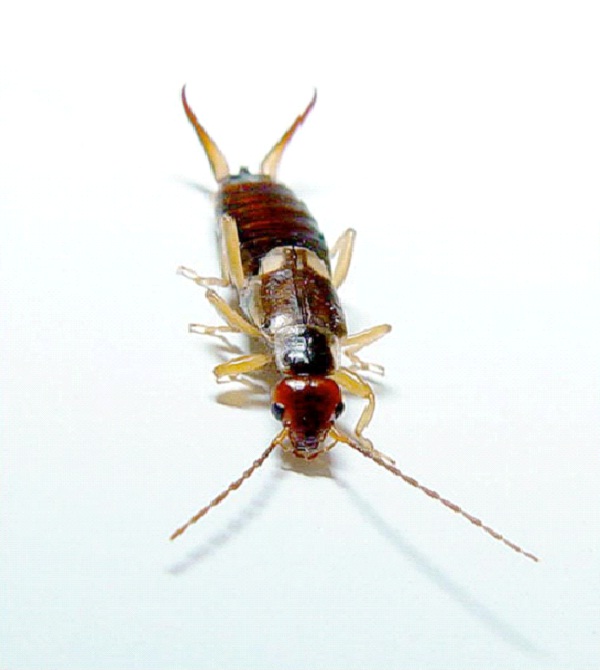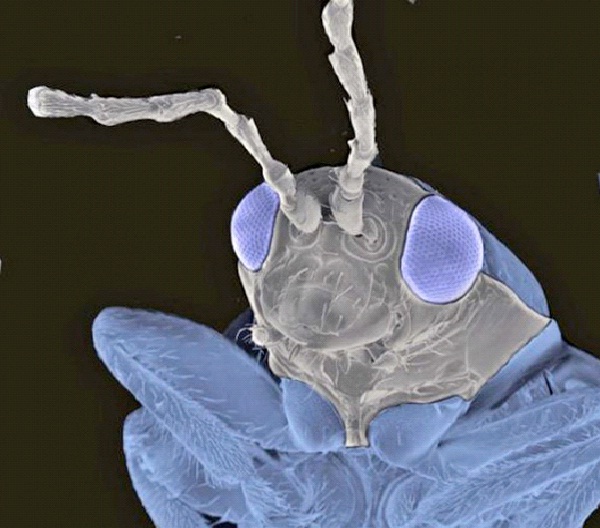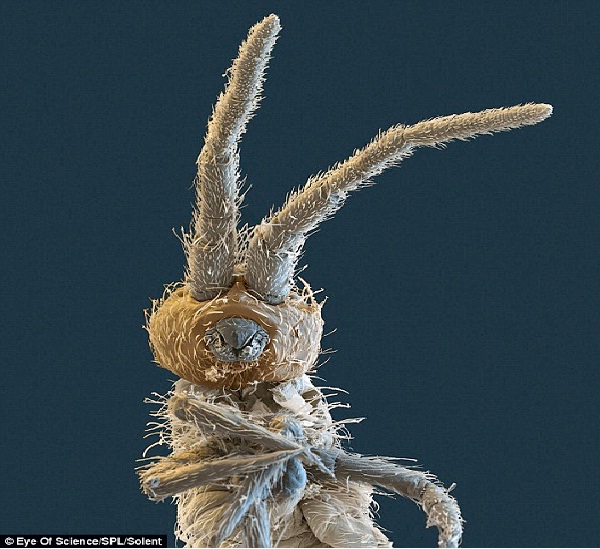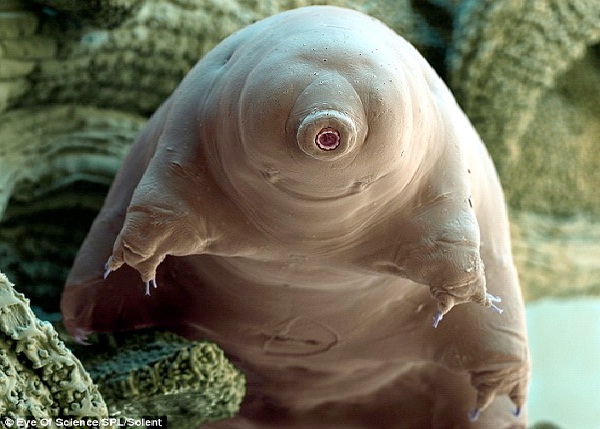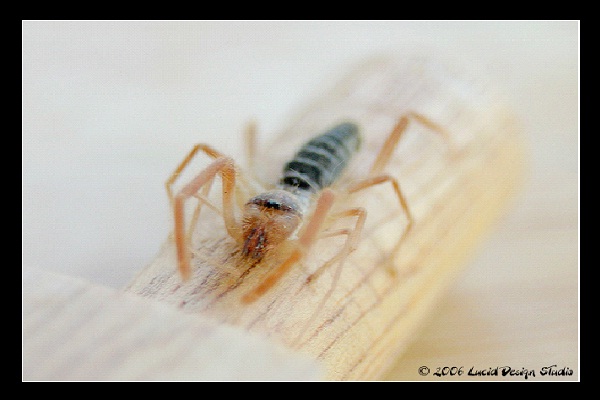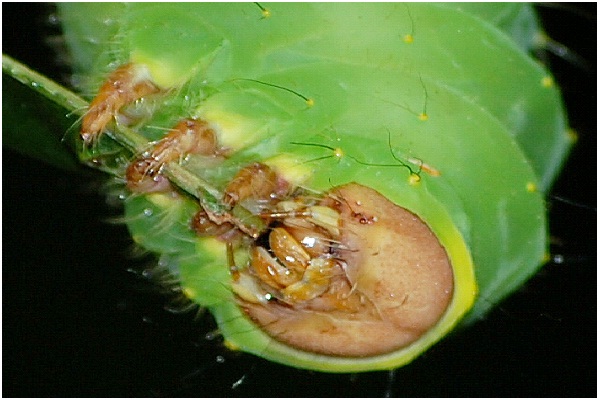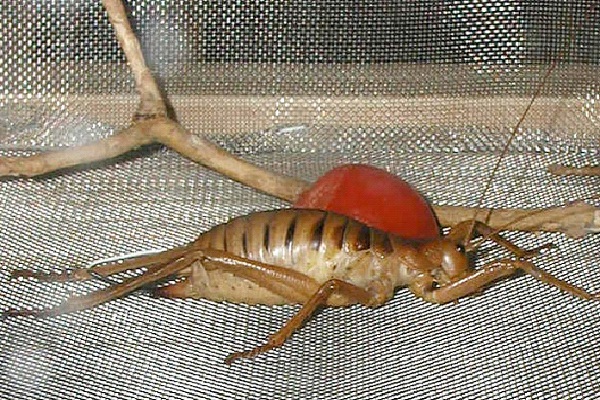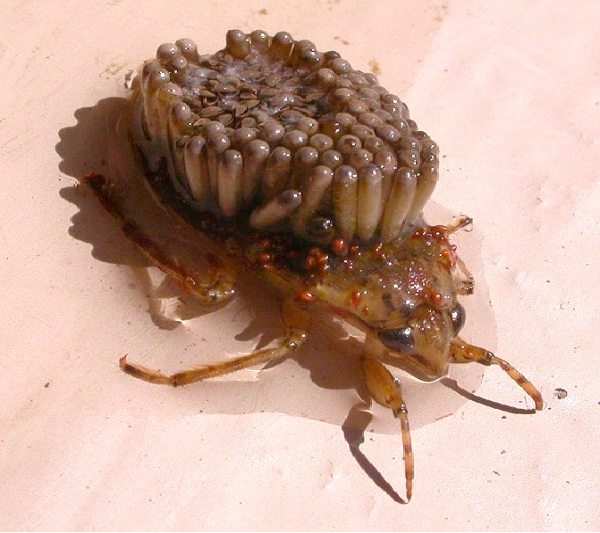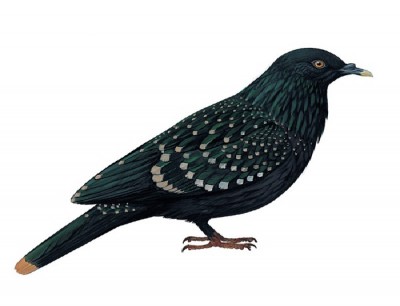Ugliest Bugs
Saturday, Aug 22, 2020, 6:33 pm
Loading...
1.Earwig
Would you want this ugly bug in your ear? The earwig is nocturnal, preferring small, moist crevices. While that can describe your ear, the myth about earwigs penetrating your ear while you sleep and eating your brain, is just that ... a myth. Unable to survive outdoors and in cold climates, these bugs hardly ever fly even though they have wings.
2.Giant Isopod
This ugly bug is an ocean dweller, found in cold and deep water. These scavengers are important to our ecosystem, feeing on dead whales, squid and other fish. As much as they may look like lobster or crab, we don't dine on these ugly creatures. Considered a bug, rather than a delicacy, they can live up to 560 feet below the sea.
3.Flower Beetle
Not as pretty as its name conotates, the flower beetle visits flower for pollen. Part of the beetle family, they belong to a group called the scarab beetle. With over four thousand species of flower scarabs, the males of this species are bigger than the females and use their forked horns to shove other males, while protecting their food or mate.
4.Maggot
The maggot is one of the most disdained bugs because of its appearance on rotting food, flesh or other disgusting matter. The larva of a fly, this snail like creature has no trace of limbs. As gross and ugly as they are, they serve an ecological purpose in recycling garbage and killing off crops that can cause infection.
5.Red Velvet Mite
Red Velvet Mite might sounds like a new rock band, but it is actually an arachnid, belonging to the spider family. The oil from this bug is used by Hindus to treat paralyses, but one of the more shocking uses for this oil is to increase sexual desire. Called "Indian Viagra" the red velvet mite turns might into can!
6.Springtail
Cute as a bunny? Now way! This is no jack rabbit, it's an ugly bug. The springtail is typically fond in decaying material. They are tree climbers and serve no purpose to our eco system, and can cause skin infection in humans. These bugs use their tail to jump when threatened.
7.Water Bear
No, this is not a creature from Star Wars, it is an actual ugly bug. Able to withstand extreme temperatures, this bug can survive in freezing cold, just above zero, to boiling water. They get their name because of their walk being similar to that of a bear, with their stubby, jointless legs.
Loading...
8.Wasp
Ever see a wasp up close Well, now you have. If you didn't run from them before, you may not like finding yourself face to face with this ugly bug. With black eye pads it looks mechanical and only on one mission ... to sting you, and that may very well be true, because most wasps are not pollinators, or crucial to our eco system.
9.Wind Scorpian
Looking like a cross between a spider and a cockroach, this ugly bug is a carnivore, able to eat a snake or lizard. Belonging to the Arachnida class, it's not wonder we get the creeps when we see it. Many people confuse them with spiders, and rightfully so, with their long, spindly legs.
Loading...
10.Caterpillar
Most people think that caterpillars are cute, but upon close inspection, they are quite gross. This picture of the head of a caterpillar shows just how scary they can be if they were bigger. Most kids will pick up a caterpillar and play with it, making it a more people friendly bug, but a bug nonetheless.
11.Giant Weta
Another bug that can be mistaken for a cockroach, a giant weta can grow up to 4 inches. There is a female giant weta on record for being documented as one of the heaviest insects in the world, weighing in at 2.5 ounces. That's heavier than a sparrow. Found in New Zealand, this bug is largely exterminated and considered a pest.
Loading...
12.Giant Water Bug
Is this a bug or a sponge? This ugly water bug lives in the water, growing up to 10 cm. As ugly as can be, they are sometimes mistaken for cockroaches. Using their legs as paddles, they hardly ever fly unless they run out of water to swim in. As much as we don't like them, they are essential to the balance of nature.
Report
Loading...
Related Content

